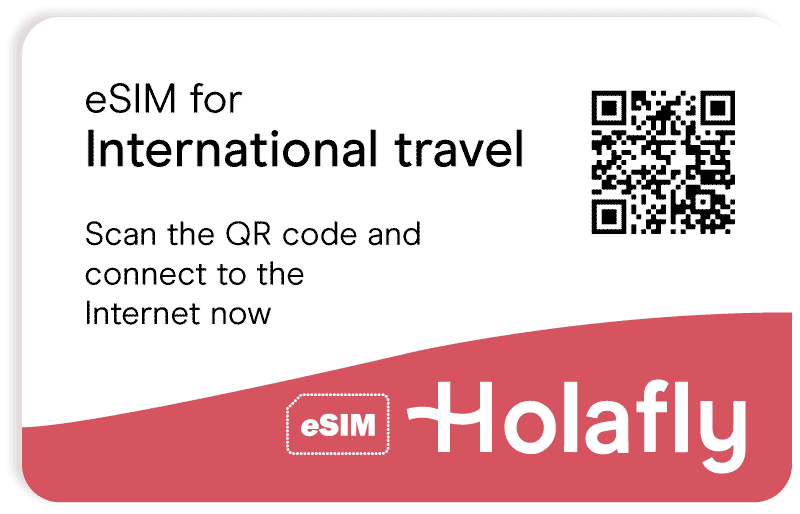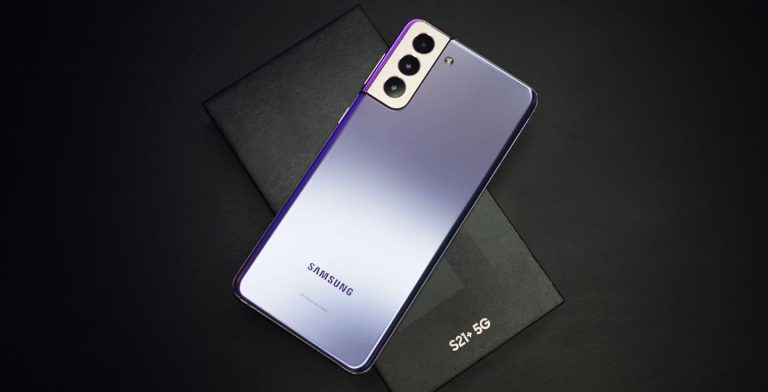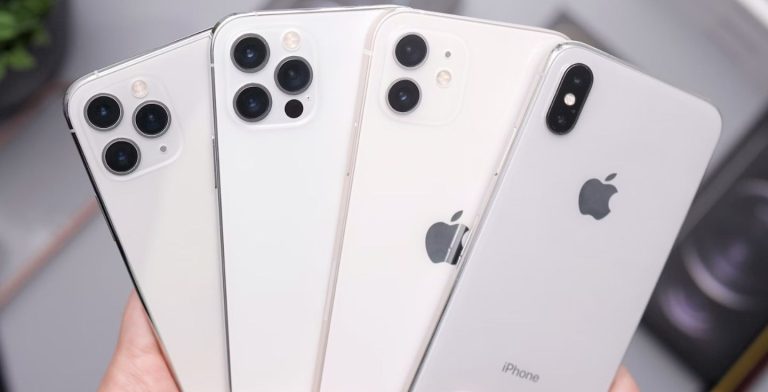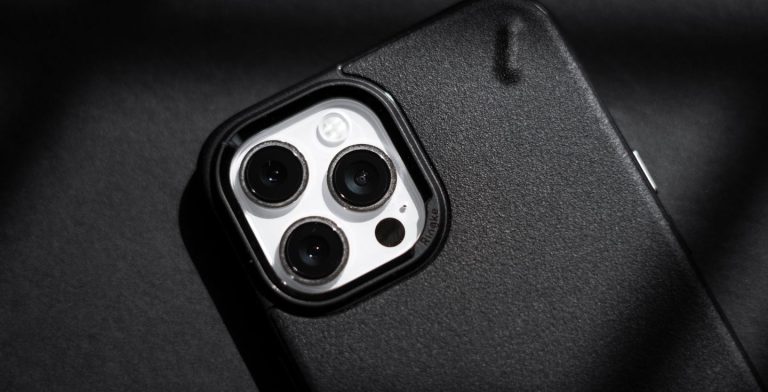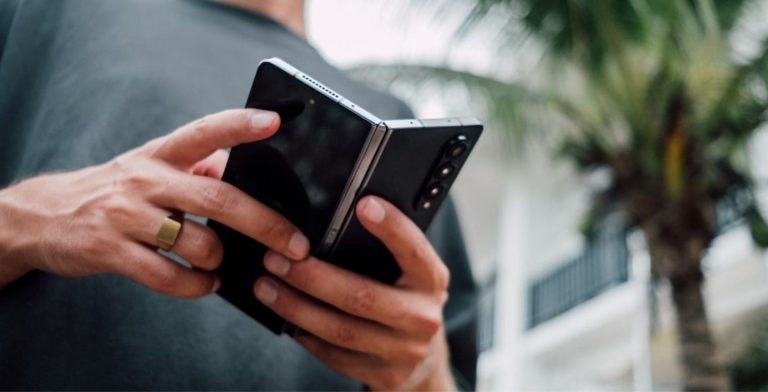How much data do I need for travel abroad?
We'll let you know how much data you need when you go abroad, so you can be sure you'll stay connected to the internet at all times.
Nowadays, it is easier to connect to the Internet while traveling; options such as SIM cards, eSIM, or data roaming make things easier for travelers. One thing that might not be clear is how much data we use; if we don’t monitor our consumption, we might not be sure. Don’t worry; we will help you by explaining how much data you might need to travel.
In addition to giving you information about the most common App usage among travelers, we will give you some tips on how to save data, how you can monitor your usage, and where you can buy eSIMs with unlimited data to use your phone as you would at home.
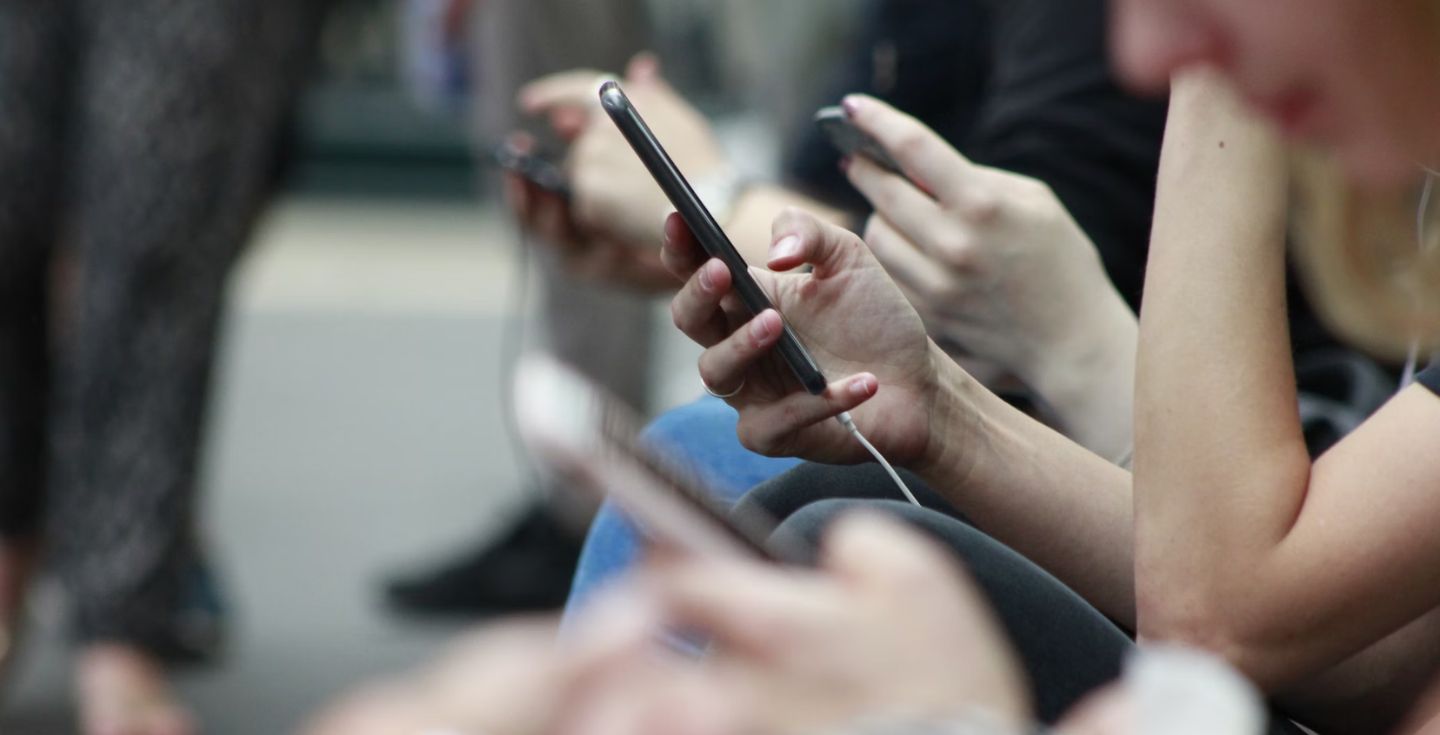


 +1M
+1M
With Holafly, you save +30% compared to roaming fees
Plans that may interest you
How much data do I need abroad?
Traveling abroad can be exciting, but unexpected data roaming charges can dampen your trip. International data allows you to use your phone’s internet and apps just like you do at home but with much higher costs. To avoid this, knowing how much data you typically use and what steps you can take to save data while traveling is important.
First, estimate your data usage. Think about how you use your phone at home: do you check email occasionally or stream music for hours? A good rule of thumb is:
- 1GB per week for light users (email, browsing).
- 3-8GB per week for moderate users (streaming music, maps, TikTok).
- 10GB or more for heavy users (frequent video calls, downloading large files). Once you have a baseline, you can plan accordingly.

The following table shows the amount of internet used by the following apps and websites. This will help you calculate how much data you might need on your trip.
Remember that the following figures are averages, and the amount of data you use will vary accordingly.
| Action | 1 hour | 1 week (2 hours each day) |
| Using Google Maps for directions | 1 GB | 14 GB |
| Listening to music | 10 MB to 150 MB | 140 MB to 2.1 GB |
| Searching on Google | 288 MB | 4.1 GB |
| Instagram and social media | 180 MB to 828 MB | 2.52 GB to 10.2 GB |
| Making calls with WhatsApp or Facebook | 180 MB | 2.52 GB |
| Streaming shows, movies and YouTube | 300 MB to 5GB | 4.2 GB to 70 GB |
| Google Meet and video calls | 0.9 GB to 2.65 GB | 12.6 GB to 38 GB |
Looking for more research into the data consumption of your favorite apps? We learned how much each top streaming app consumers every five minutes in our recent data usage study.
How much data does a Google Meet video call use?
When we are travelers who work remotely, we normally use Google Meet or similar for our meetings. The consumption of these applications is related to the number of participants, whether we share screens, and even the light conditions or image quality.
For a clearer estimate, let’s reference a meeting with 5 people and sharing our screen; the approximate consumption would be:
- High Definition (HD): Up to 2.65GB per hour.
- Standard Definition (SD): Around 0.9GB per hour.
How much data does Instagram use?
Instagram and social media are other applications that we use the most, and they usually consume a lot of data. As we constantly update content and download multimedia, our plan’s data consumption could be high.
In addition, having settings such as high video quality and automatic playback will increase consumption. Of course, if we are travelers who publish much content, it will also affect the total final data.
Considering only using Instagram to consume content and not to publish, we could have an average spending of:
- Per minute: 2-14 MB (on average video quality).
- Per hour: 180-840 MB (depending on video quality).
YouTube data usage and streaming services
While traveling, we may not use entertainment platforms such as YouTube, Netflix, or other streamers as much. However, it is important to know that video playback is also one of our high-consumption habits.
If a long plane ride takes you to watch your favorite movie or series, you can expect to spend data, which will be higher or lower depending on the quality of playback:
- Standard Definition (SD): 300MB – 500MB per hour.
- High Definition (HD): 1.5GB – 3GB per hour.
- Ultra High Definition (4K): 5GB – 15 GB of data (or even more) per hour.
Spotify data usage abroad
Spotify can be a data drain, especially abroad, where cellular data roaming charges can be high. Audio quality and the time we listen to music or podcasts are the biggest factors affecting data usage. Here’s how much data Spotify uses and how to minimize it while traveling:
Actual data usage:
- Low Quality (around 24kbps): 10MB per hour (ideal for saving data).
- Normal Quality (around 96kbps): 40MB per hour (good balance between quality and data usage).
- High Quality (around 160kbps): Up to 70MB per hour (for free users).
- Very High Quality (around 320kbps): Up to 150MB per hour (for premium users with the highest quality setting).
Google Maps and other services app usage
Undoubtedly, we will get a lot out of Google Maps when we visit a city we don’t know. This App allows us to locate ourselves with directions and accurate maps easily.
A great tip is to download the map package of our destination from a secure WiFi network so we can use it offline in an emergency. However, to save space on our phones, we can also use Maps with an internet connection, which is relatively low-consumption.
- Basic Navigation: 30-50 MB per hour (typically for navigating familiar areas with downloaded maps and minimal real-time updates)
- Navigation with Traffic: 100-200 MB per hour (depending on traffic data updates and map complexity)
- Heavy Usage: Up to 1044 MB per hour (includes frequent traffic updates, street view usage, and searching for points of interest)
Do you use more data abroad?
Yes, if you are in a country you don’t know, you may use more data to search for information and use apps. Especially if you don’t know the language, you will have to use a translator most of the time you are there.
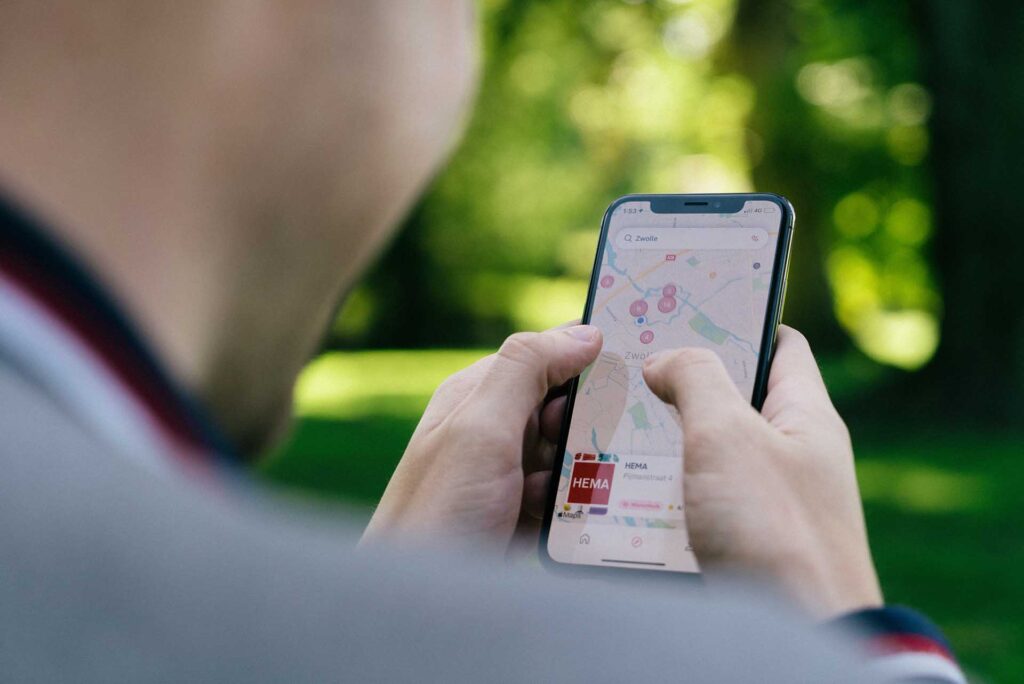
On the other hand, considering that you will be exploring a city you don’t know and that this will take time, you could end up using your phone less for streaming or music, which are the most consuming Apps.
In the sum of everything, you could use an average similar to what you use at home. However, you should consider that if you use options such as roaming, you could pay much more than in your local city. You can potentially use more data or pay more abroad, especially if you’re not careful. Here’s why:
- Data Roaming: The biggest culprit is data roaming. This allows you to use your phone’s internet and apps just like at home but with often significantly higher charges. Downloading maps, streaming music, or using navigation apps can quickly add to expensive data roaming fees.
- Unfamiliar Networks: When you’re abroad, your phone might connect to unfamiliar cellular networks. These networks might not be as optimized for data efficiency as your home network, potentially leading to slightly higher mobile data usage for the same tasks.
You may be interested in eSIM technology providers in Australia or in eSIM for tourists who travel to Turkey.
How to prepare your smartphone to travel abroad
Preparation is never a bad thing when traveling, and having our phones ready can be a powerful tool at our fingertips. Here are a few tips we leave you:
- Contact your mobile carrier to understand your data roaming charges abroad. These can be exorbitant, so consider alternative options like the Holafly unlimited data eSIMs.
- If your phone does not support eSIM, use public WiFi networks or local SIM cards.
- When traveling, it is best to have your phone unlocked. Consider unlocking it before your trip if it is locked to a specific carrier.
- Download useful apps, such as Google Maps, translators, Uber, and food delivery apps before traveling.
- Make room on your phone for downloaded maps, apps, and any photos or videos you plan to capture during your trip.
Find out how much data you use
Another tip we can give you is to check your usual data consumption before traveling. This will give you an idea of the data plan you need. Checking this in our settings is quite easy.
The settings and menu style may vary between phone models and brands, but in general, the step-by-step you should follow to see your data usage is similar to this:
- Open the Settings app on your phone.
- Tap on Network & internet (or Mobile network on some phones).
- You should see a section labeled Data usage or Mobile data. This will show your total data usage for the current billing cycle or a user-defined period.
- Some phones allow you to view data usage by app. Look for a section titled App data usage or something similar. Tapping on this will show you a list of apps and how much data each one has used.
A second option to check our data consumption is to contact our service provider or confirm if their App shows our data usage. In most cases, at least one of the two options will give us the total data we spend. Of course, this also varies between operators.
Tips to manage data usage while traveling
Moderating our consumption while traveling is good general advice, but we also want to give you other tips you can follow to avoid running out of data on your adventure.
- Set data usage limits to remind you if you’re using too much.
- Monitor how much data you’re using on your phone’s settings.
- Avoid watching videos or making video calls.
- If you need to download files, use free Wi-Fi in your accommodation or a cafe. (This is not as advisable since using public networks carries many risks.)
- Download music and videos before you travel
- Turn Mobile Data off when you’re not using it
How to get unlimited data abroad
As you can see, using mobile data to stream videos or make video calls could use a lot of data. Imagine planning your trip to the USA and not finding a solution with enough data. Holafly has unlimited data eSIM for travelers in the USA. You can also use virtual SIM cards for more than 200 countries if your destination is elsewhere.
Also, if you travel to the old continent, you can use the European unlimited data eSIM card, which offers unlimited data and data sharing at no additional cost. Some destinations outside their coverage have individual packages, such as the unlimited data eSIM available in the UK.
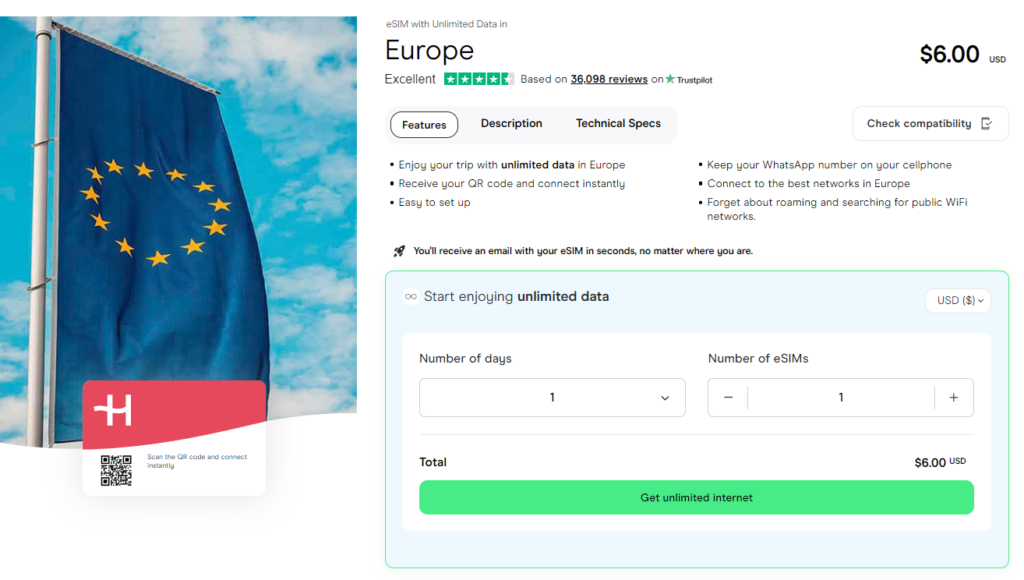
The same goes for people who plan to visit places like Japan, as they can connect with Holafly’s eSIM in Japan. The best part is that they don’t have to worry about the mobile data they will spend abroad, as visiting this country usually takes lots of data due to everything people want to show.
Some of Holafly’s coverage destinations are:
- USA: Unlimited data and data sharing.
- Europe: Unlimited data and data sharing.
- Australia: Unlimited data and data sharing.
- Spain: Unlimited data and data sharing.
- Japan: Unlimited data and data sharing.
- Turkey: Unlimited data and data sharing.
- UK: Unlimited data and data sharing.








 Language
Language  Currency
Currency  No results found
No results found



